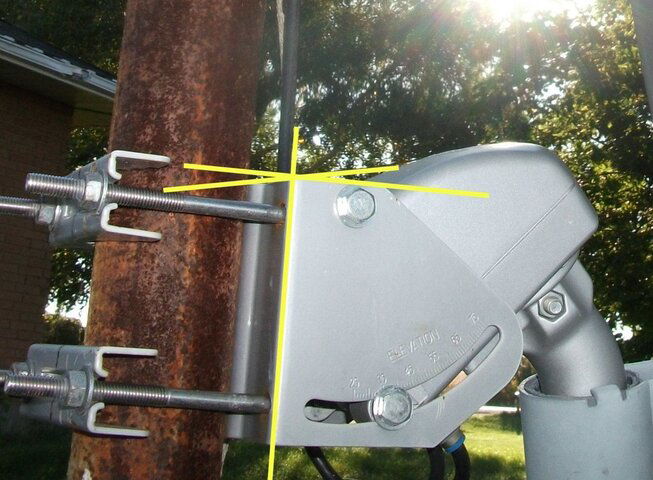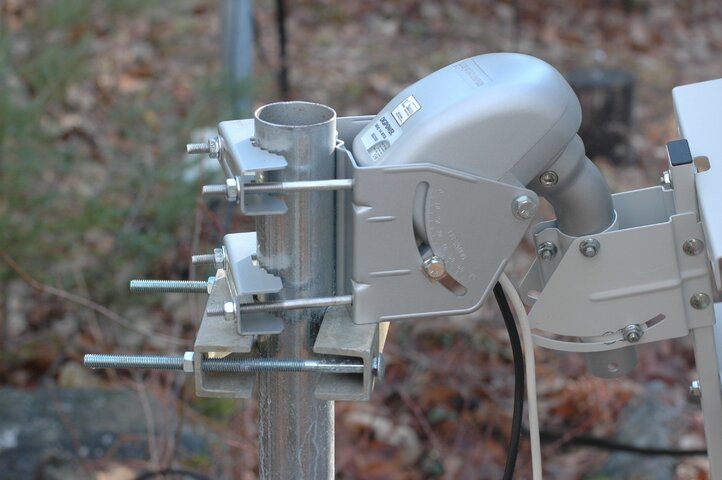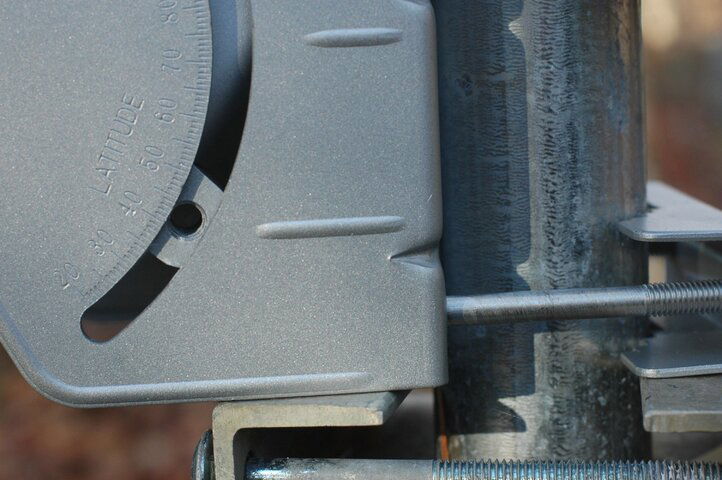Thank you AcWxRadar for your excellent explanation of how to get a motorized dish to exactly follow the arc (in Dee Ann's new thread). I think to make this happen you not only have to have the mounting post perfectly plum but you have to have the motor exactly level. Right now my setup is totally out to lunch on 30W because it isn't level enough, I think.
How do you measure a Ku motor to see if it's level?
I have an SG2100 motor and it's a wonderful collection of curves, not a straight edge on it! Besides, what really matters is that the shaft is aligned right but how can you know and how can you measure? The shaft is not only on an angle to the ground, it's bent!
Checking the mounting post for plum is easy. Just lay a level on it at two locations ninety degrees from each other. Checking a motor for level is another matter. Any ideas?
How do you measure a Ku motor to see if it's level?
I have an SG2100 motor and it's a wonderful collection of curves, not a straight edge on it! Besides, what really matters is that the shaft is aligned right but how can you know and how can you measure? The shaft is not only on an angle to the ground, it's bent!
Checking the mounting post for plum is easy. Just lay a level on it at two locations ninety degrees from each other. Checking a motor for level is another matter. Any ideas?





